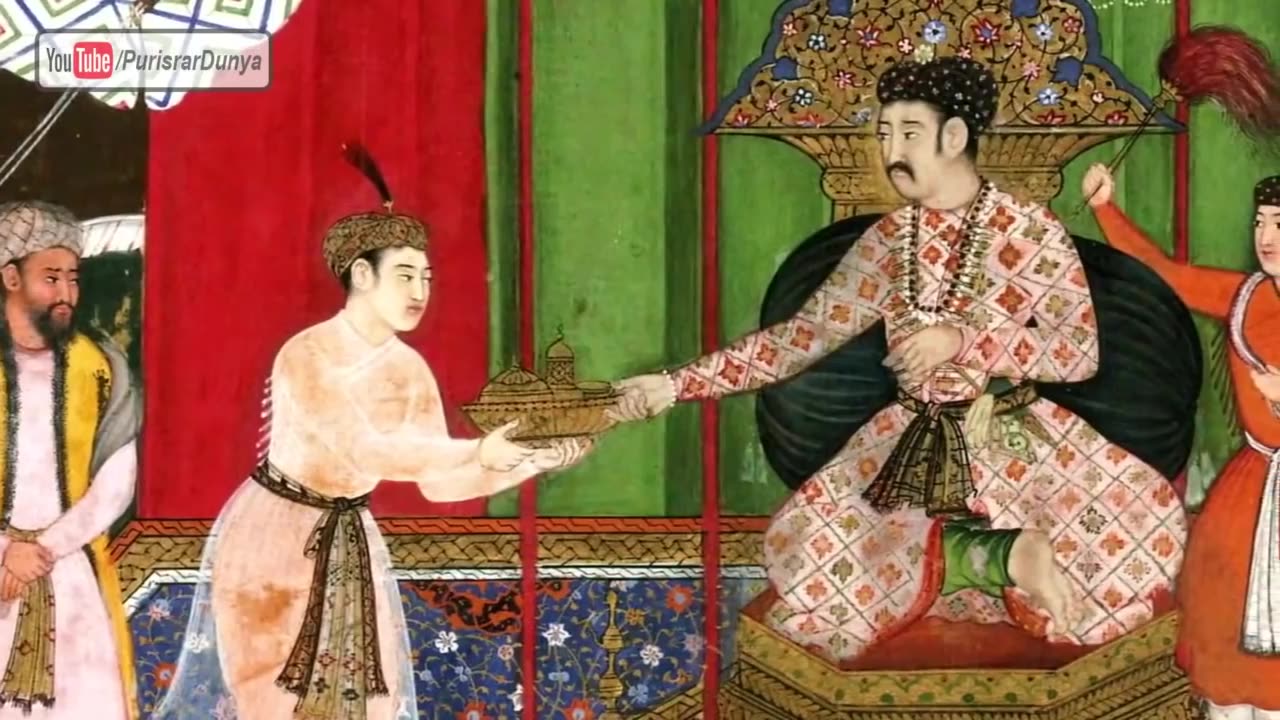Premium Only Content

Beginning And End Of Mughal Empire - History of Mughal Badshah Babar To Bahadur
The Mughal Empire was a powerful Islamic state that ruled over the Indian subcontinent from the early 16th century to the mid-19th century. The empire was founded by Babur in 1526 and it reached its peak under the reign of Akbar the Great, who ruled from 1556 to 1605.
Under Akbar's rule, the Mughal Empire became a center of culture, science, and architecture. He introduced a policy of religious tolerance, abolished discriminatory taxes on non-Muslims, and established a strong centralized government. His successors continued his policies and expanded the empire's territory, but by the 18th century, the Mughal Empire began to decline due to corruption, weak leadership, and economic instability.
The British East India Company gained control of Indian territories in the 18th century and gradually eroded the Mughal Empire's power. The last Mughal Emperor, Bahadur Shah Zafar, was exiled to Burma (present-day Myanmar) by the British in 1858, marking the end of the Mughal Empire.
Despite its decline and eventual downfall, the Mughal Empire had a significant impact on Indian history and culture. It left behind a legacy of impressive architecture, art, and literature that continue to influence Indian culture today.
-
 5:40
5:40
WhaddoYouMeme
3 days ago $0.19 earnedThey’re Calling This the End of Masculinity
11.4K14 -
 15:24
15:24
Tactical Advisor
18 hours agoBest 2011 of 2025 | Bul Armory Ultralight Pro
13.7K -
 27:31
27:31
True Crime | Unsolved Cases | Mysterious Stories
2 days ago $0.11 earnedThe Hong Kong Schoolgirl Mystery – 5 Mysterious Unsolved Cases (Part 8)
11.8K2 -
 7:19
7:19
China Uncensored
1 day agoChina is DONE in the South China Sea
10.8K26 -

Joe Donuts Live
5 hours ago🟢 Loot Rats Unleashed: Arena Breakout Chaos! | Joe + Tony + Vlad
22.8K1 -
 30:37
30:37
Degenerate Plays
17 hours ago $0.01 earnedThis College Is Out Of Control - GTA Online : Part 9
7.19K -
 16:28
16:28
Mrgunsngear
3 days ago $0.50 earnedBeretta 92XI SAO Sabbia Review - A Few Surprises
9.36K6 -
 1:48
1:48
Memology 101
2 days ago $0.06 earnedThis aged like milk for Tish James...
4.69K7 -
 2:45:02
2:45:02
Boxin
5 hours agoGrounded! part 5
13.2K -
 43:37
43:37
American Thought Leaders
19 hours agoAfter 9 Years of Investigation, Here’s What I Uncovered | John Solomon
6.13K8